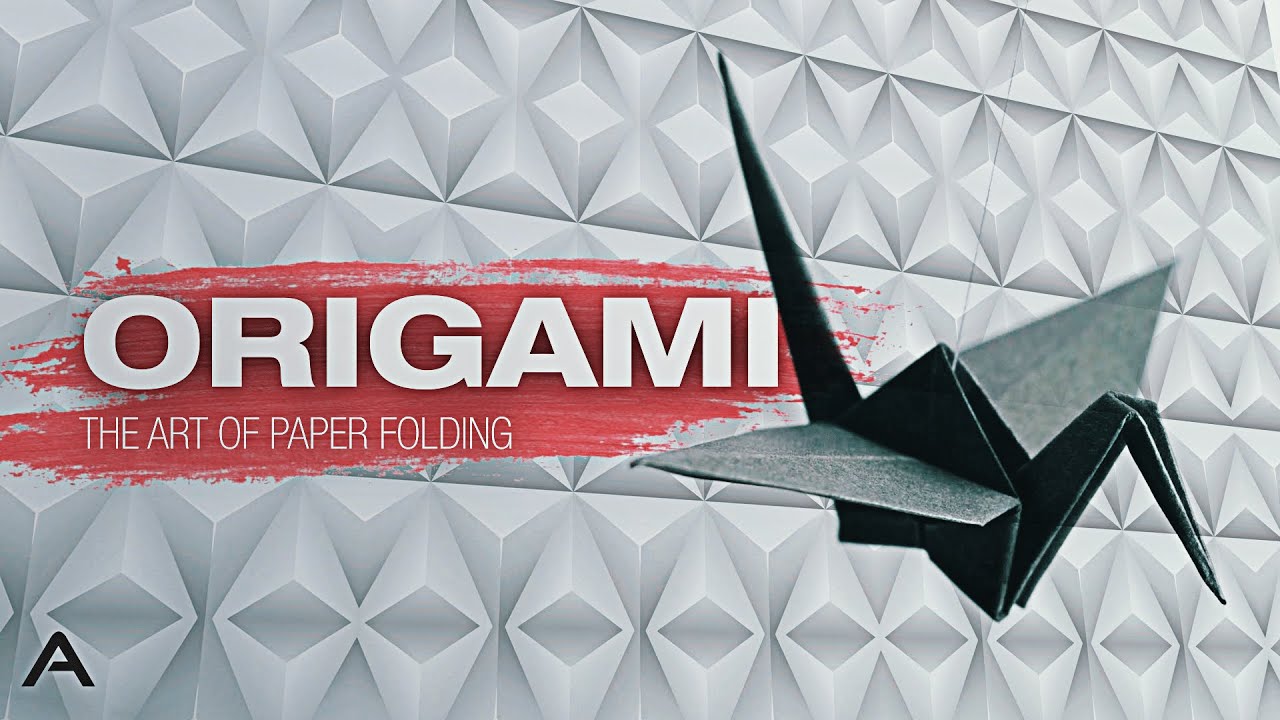Origami: The Art Of Paper Folding
Unleash Your Creative Genius with MuseMind: Your AI-Powered Content Creation Copilot. Try now! 🚀
A blank sheet of paper, seemingly unremarkable, serves as the birthing ground for myriad forms of art and inspiration. From sketches and paintings to the written word, it has been a canvas for human creativity throughout history. However, its influence goes beyond the expected mediums, encompassing sheet music, movie scripts, and more. The allure lies in its invitation to color and creativity, akin to language itself. Yet, the true eloquence of paper remains underestimated.
Unveiling the Astonishing Properties
One might dismiss paper as thin and fragile, but its properties hold surprising strength. With just 7 or 8 folds, paper rivals the structural integrity of steel. Take it a step further, fold it 20 times, and witness a paper block taller than the Empire State Building emerge. The transformation from negligible thickness to towering heights in under 25 folds is a testament to the hidden potential within each sheet.
The Dance of Origami: Unfolding Creativity
Folding paper repetitively may seem mundane, but the world of origami unfolds a more graceful dance of creativity. Dating back to the 17th century, origami, meaning "folding paper" in Japanese, showcases the artistry in transforming a flat sheet into intricate forms. From humble beginnings with decorative cloth, origami evolved as paper became the preferred medium. The iconic paper crane, a staple in Japanese culture, serves as a starting point for the uncharted territories origami explores.
Complexity Unveiled: The Laws of Origami
Origami, with its deceptively intricate designs, follows fundamental laws rooted in flat foldability. These laws include 2-colorability, a balance between mountain and valley folds, specific angle calculations, and impermeable layering. Remove these laws, and origami transforms into a different realm, allowing the creation of geometric wonders previously deemed impossible. This structured study of origami has paved the way for applications beyond art, influencing fields such as engineering, medicine, astronomy, and material science.
Beyond Art: Origami in the Modern World
The contemporary fascination with origami transcends cultural appreciation, delving into physics and mathematics. Many modern origami enthusiasts are mathematicians exploring the limitless possibilities within the framework of folding. The ability to reduce dimensions, fold structures, and unfold functionality has found practical use in fields like medical science, astronomy, and engineering.
Sadako Sasaki's Folding Legacy
Origami's significance extends beyond its mathematical elegance. In the aftermath of Hiroshima and Nagasaki, origami became a source of solace for children like Sadako Sasaki. Diagnosed with radiation-induced leukemia, Sadako embarked on folding over a thousand paper cranes, guided by the ancient Japanese belief that such an effort could grant a wish. Though Sadako's life ended prematurely, her legacy lives on through the paper crane—a symbol of peace, harmony, and healing.
The Unchanging Essence of Origami
Origami, despite technological advancements, retains its traditional essence. The square sheet of paper remains sacrosanct, with deviation frowned upon in some communities. No gluing or scissor use is tolerated. Origami, rather than altering the medium, transforms it, and its therapeutic nature endures through centuries. As computer software aids the folding process, the fundamentals—same square sheet, same four rules—remain intact.
In conclusion, if paper is the language, then origami is its poetry. From the simplicity of a blank sheet to the complexity of intricate folds, origami transcends its artistic roots, leaving an indelible mark on science, engineering, and human resilience. Sadako Sasaki's story serves as a poignant reminder that within the folds of a seemingly ordinary sheet lies the power to weave tales of peace, hope, and enduring beauty.

Related Recaps
- Her Dying Husband’s Quest To Make Sure She Found Love Again
- 아는 선진국이 #미국🇺🇸 과 #영국🇬🇧 뿐인 #조선비즈 (Feat. #노조 회계자료 논란)
- Highlights: Splash Mountain Erupts! | Brook Lopez seven 3-pointers | Bucks 113 – Cavs 98
- Ford Mustang GT and Paint Every Part! // Car Mechanic Simulator 2021 // Ford DLC
- "Not Just Abuse Of PM Modi...": BJP MP On Rahul Gandhi | Breaking Views